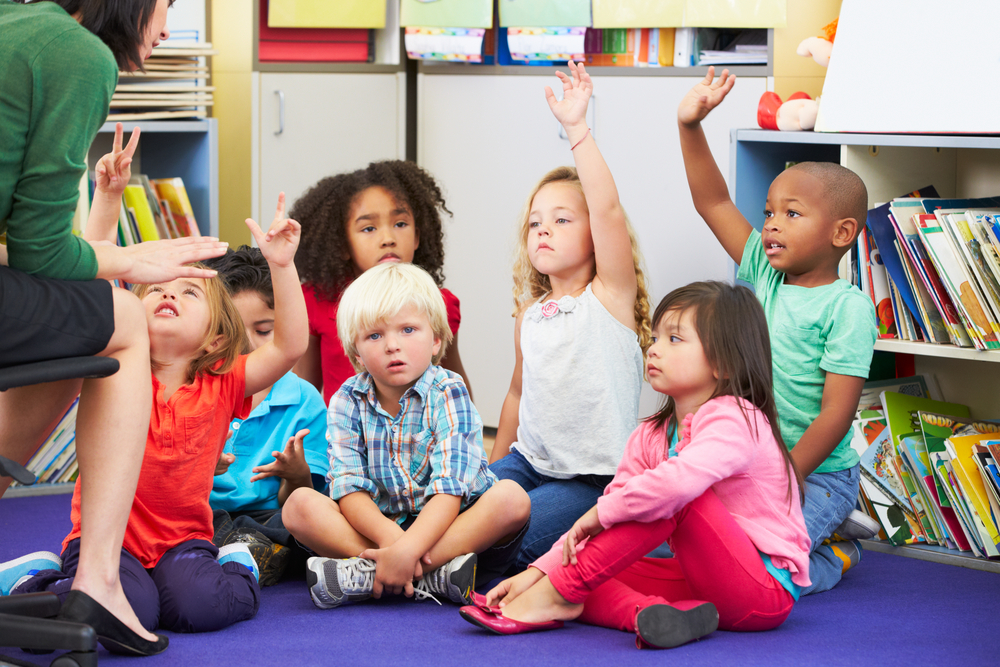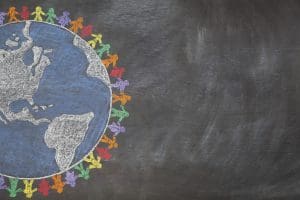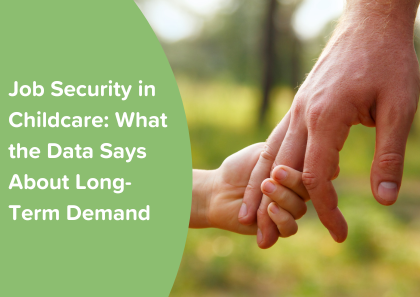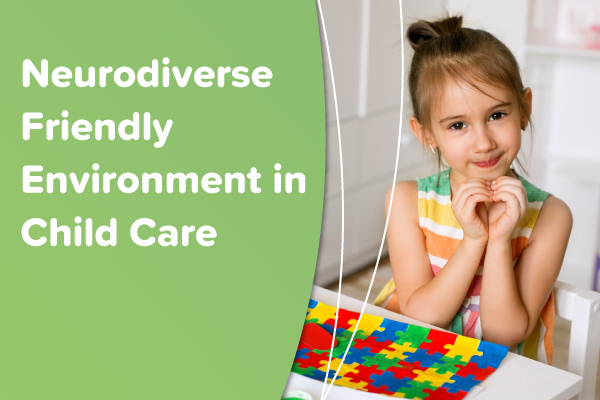Conversations about togetherness and inclusivity are vital in early childhood settings, and Harmony Day is a great opportunity.
Celebrated across Australia on March 21 every year, Harmony Day is dedicated to promoting diversity, inclusivity, and togetherness in communities. For early childhood educators, celebrating Harmony Day in child care is an opportunity to create meaningful exploration and discussion around the incredible variety of cultures within our communities.
Values like respect, understanding, and a sense of belonging can enhance children’s development and well-being. Educators and early childhood education services can play a crucial role in nurturing an environment where diversity is celebrated, and every child feels valued. Incorporating Harmony Day celebrations is just one way to make a difference.

Educator guide to celebrate Harmony Day in child care
Celebrating Harmony Day in child care can be both educational and lots of fun! Here are some tips for early childhood educators to embrace this day in services:
Cultural dress day: Orange is the official colour for Harmony Day and many wear this colour to celebrate. Alternatively, encourage children to attend your service in traditional outfits that celebrate their own cultural background. This can be a starting point for children to share stories about their heritage with pride and learn about the diverse backgrounds of their friends.
Class world map: Introduce a world map activity where children can place stickers on countries they or their ancestors come from. This activity not only introduces geographical knowledge to children but also highlights the diverse origins within your service.
Music and dance: Music and dance provide a means of cultural celebration and self-expression around the world. Children can listen to music or learn simple dances from different cultures. This introduces them to the historic and universal language of music and movement, which transcends cultural barriers.
Story circles: Organise story circles where educators or even parents (if possible) can share stories from their cultural backgrounds. This can be an engaging way for children to hear stories from different parts of the world and learn about the values and traditions of various cultures.
Language lessons: Introduce simple greetings or phrases in different languages spoken by different children in the class. This small gesture can foster a greater understanding of diversity and encourage respect for each other’s backgrounds.

Creating a kind, compassionate world
Harmony Day is an excellent opportunity for child care providers to cultivate an environment that values diversity and inclusivity.
Through thoughtful activities and conversations, early childhood educators can lay the foundation for a world that prioritises togetherness.
Celebrating Harmony Day in early learning settings is not just about a single day of activities; it’s about embedding these values into the everyday curriculum to nurture compassionate, kind individuals.


